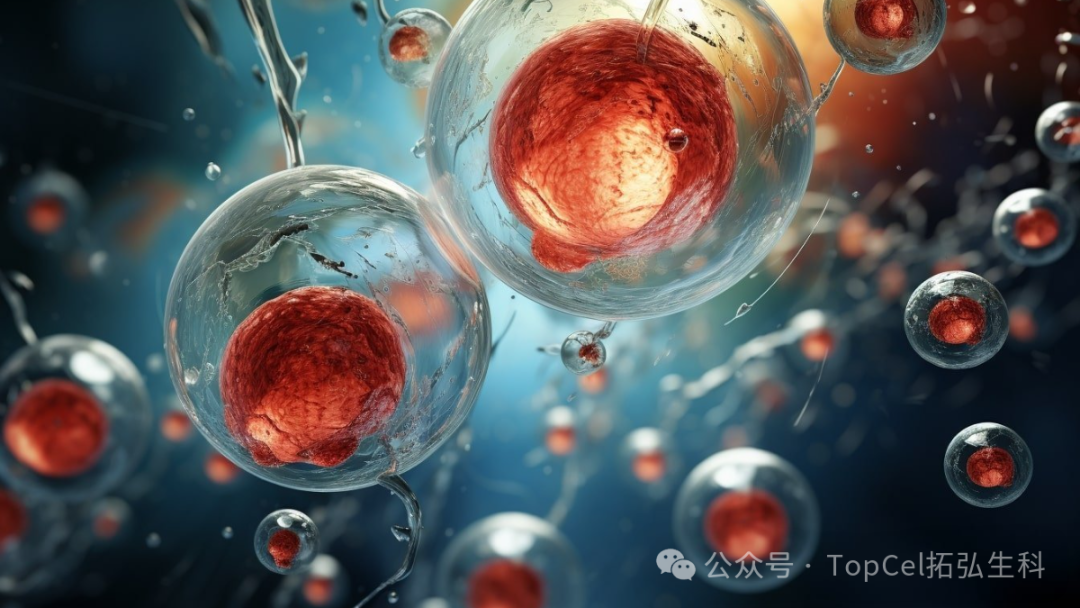双语资讯:真正的肠道干细胞被发现

肠道干细胞早在15年前就在一项具有里程碑意义的研究中被发现。
The gut's stem cells were supposedly identified more than 15 years ago in a landmark study.
在过去的17年里,肠道干细胞领域一直认为,细胞表面的一种蛋白质Lgr5是肠道干细胞的特异性标记物。
For the last 17 years, the intestinal stem cell field has assumed that Lgr5, a protein on the cell's surface, is a specific marker for intestinal stem cells.

在过去十年中,这种模式的问题开始出现。
In the last decade, problems with this model began to appear.
使用遗传方法删除小鼠体内的Lgr5+细胞似乎对肠道没有太大影响,Lgr5+干细胞在一周后重新出现。
Deleting the Lgr5+ cells in mice, using a genetic approach, did not seem to bother the intestine very much, and the Lgr5+ stem cells reappeared over the course of a week.
此外,在严重损伤(如辐射诱导的损伤)后,肠道仍能再生,即使损伤几乎破坏了所有Lgr5+细胞,。
In addition, the intestine was able to regenerate after severe injury, such as radiation-induced damage, even though the injury destroyed nearly all Lgr5+ cells.
许多备受瞩目的论文提出了不同的机制来解释这一悖论:一些人认为,其他完全成熟的肠细胞可以在发育时间上倒退,并恢复干细胞的特征。
Many high-profile papers have evoked different mechanisms to explain the paradox: Some suggest that other fully mature intestinal cells can walk backward in developmental time and regain stem cell characteristics.
另一些人则认为,有一种休眠的干细胞群,只有在内膜受损时才会起作用。
Others suggest there's a dormant population of stem cells that only works when the lining is damaged.
使用新的谱系追踪和计算工具,由Timothy Wang和Kelley Yan领导的哥伦比亚团队发现,这些细胞是肠道真正干细胞的后代。这些干细胞表达FGFBP1。
But using new lineage tracing and computational tools, the Columbia teams, led by Timothy Wang and Kelley Yan, found that these cells are descendants of the gut's true stem cells. relationships among cells within a tissue. These cells express FGFBP1.
当研究这些细胞与Lgr5+细胞的关系时,计算分析表明这些FGFBP1细胞产生了包括Lgr5+在内的所有肠道细胞,这与公认的模型相反。
When they asked how these cells were related to Lgr5+ cells, computational analysis found these FGFBP1 cells give rise to all the intestinal cells, including Lgr5+, the opposite of the accepted model.
Journal references:
Capdevila, C., et al. (2024) Time-resolved fate mapping identifies the intestinal upper crypt zone as an origin of Lgr5+ crypt base columnar cells. Cell. doi.org/10.1016/j.cell.2024.05.001.
Malagola, E., et al. (2024) Isthmus progenitor cells contribute to homeostatic cellular turnover and support regeneration following intestinal injury. Cell. doi.org/10.1016/j.cell.2024.05.004.


